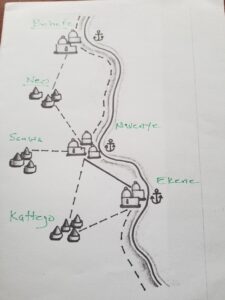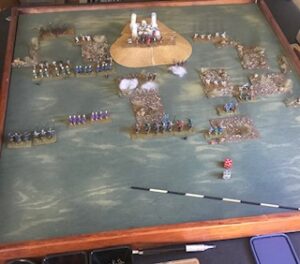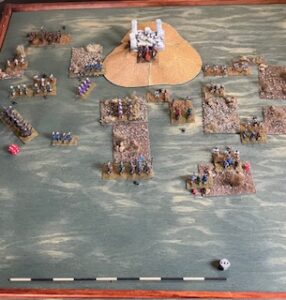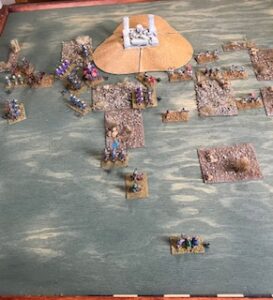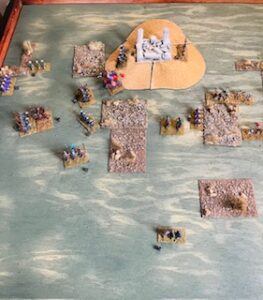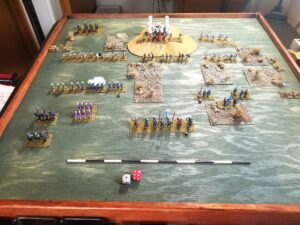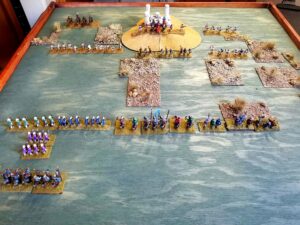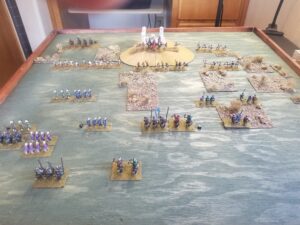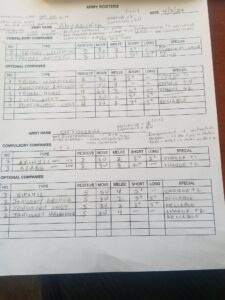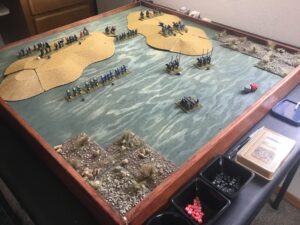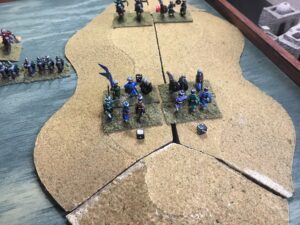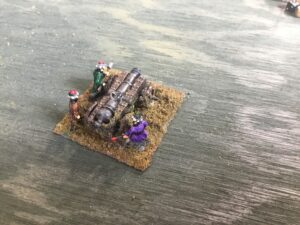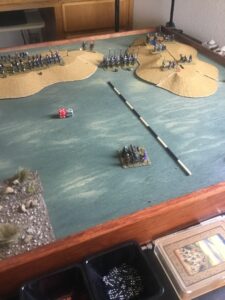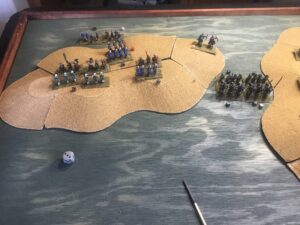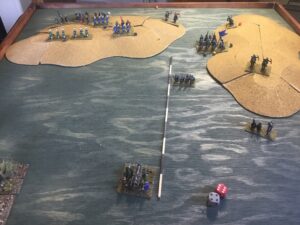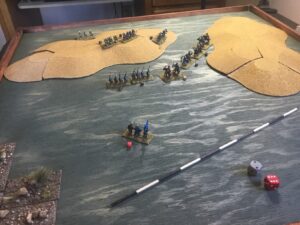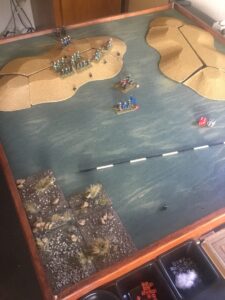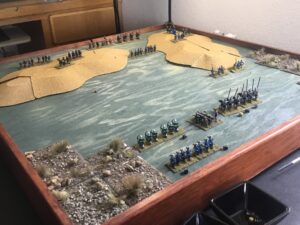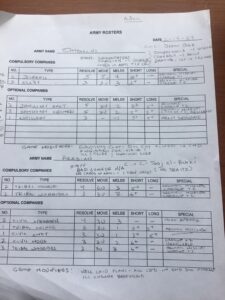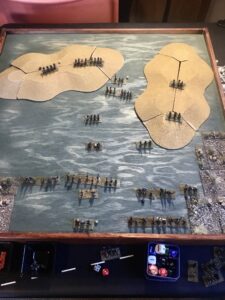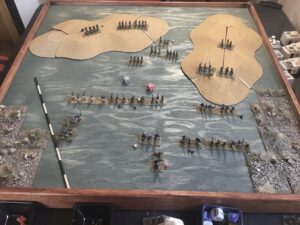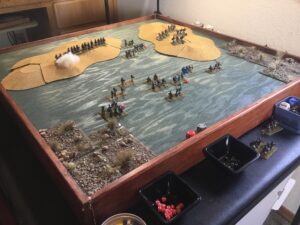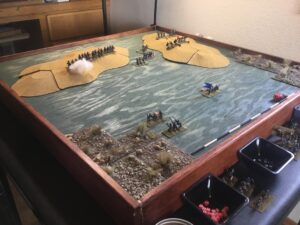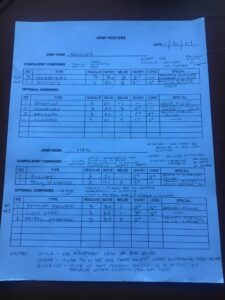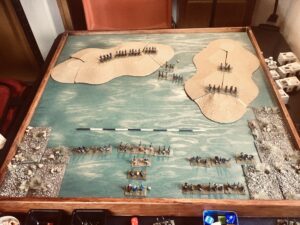Only a couple of weeks until heading East to the Sunfish Capital of The World, one other game to play and it’s time to move on from Irregular Wars.
The game in question is Serbia Defiant from the Der Weltkrieg series. Need a quick play-thru to justify the time it’s been taking up table space (months!).
But first, a summary of the plot lines in the East African Renaissance Campaign. Need to get this down. When I resurrected it a few months ago, there was considerable forensic effort needed to get the campaign back on track. So, here goes; by faction with a map for reference
Behefe: Now the campaign’s most intriguing faction. Ruler Bey Mahir’s status received a boost due to his critical help to Neo when they were attacked by Sanwa. The Persian mercenary, Bey Heydar also received accolades for his skillful handling not only of his contingent, but working with the Neons. Could Bey Mahir, with Neo support, turn on his mentor, Sultan Efe of Mweyne?
Neo: Has their leader Sisay profited from his experience? Has he shrugged off his reputation for being “shy”? Will Neo go on the offensive to quell any further threats from Sanwa?
Sanwa: The reputations of both Tamrat, and the mystic leader Kibwe Nkruma have suffered due to their defeat. Will they seek revenge, or be deposed?
Kattego: Will Kattego take advantage of any unrest in Sanwa and seek revenge for their previous defeat? Will Ormar remain their leader?
Ekene: Will the Portuguese become more aggressive given possible unrest in Kattego and Sanwa?
Ottomans: With their victory at Temple Hill, will the Ottomans continue to focus on an overland advance along the coast, or attempt another seaborne landing?
Chinese: Will they commit to an alliance with Mweyne?
Mweyne: Will Sultan Efe be challenged by his protege Bey Mahir of Behefe? How can he persuade the Chinese to become his military ally and trade partner?
